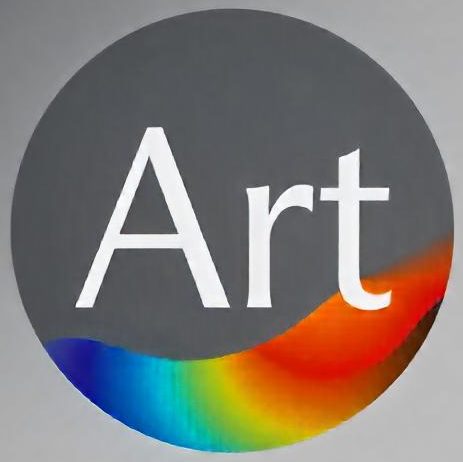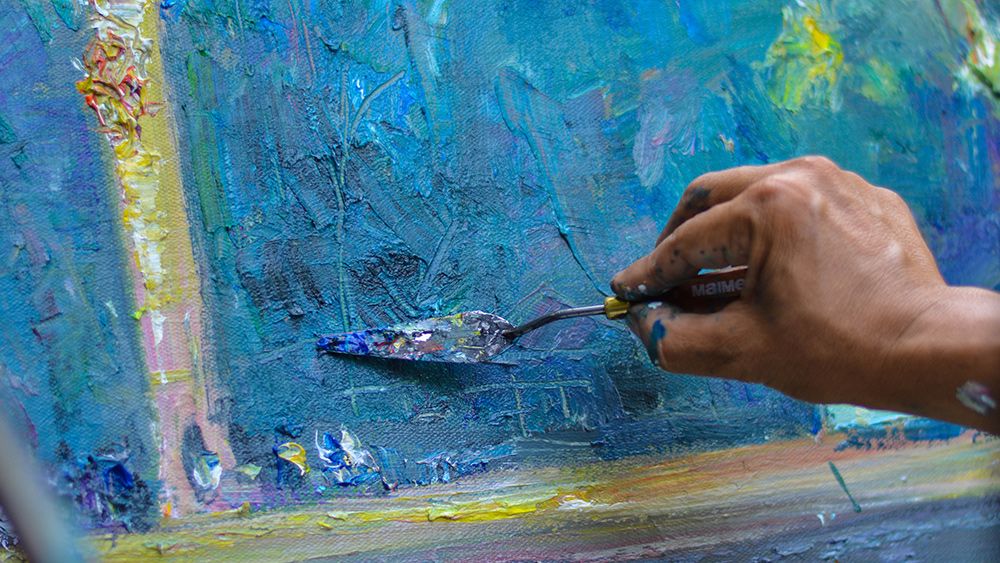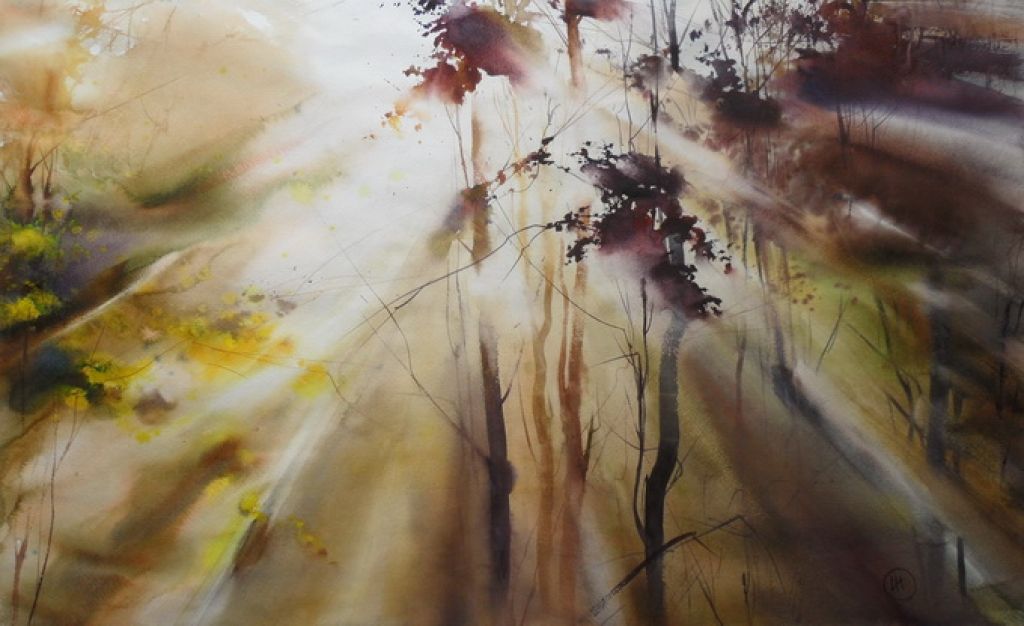Oil painting is one of the oldest and most revered art forms, known for its richness, depth, and ability to capture intricate details. One of the key features of oil painting is the layering technique, where multiple layers of paint are applied to create depth, texture, and luminosity. In this article, we’ll explore oil painting techniques that focus on building layers to achieve realistic effects and stunning detail.
Why Choose Oil Painting?
Oil paints have a unique quality that sets them apart from other mediums. Their slow drying time allows artists to work more freely and make adjustments as they go. Oil paints can be mixed to create a wide range of textures and shades, offering a great deal of flexibility in both technique and style. This allows artists to gradually build up depth and richness in their work.
The ability to create luminous layers of paint gives oil paintings their distinctive glow, making them ideal for capturing light, shadow, and fine details. Whether you’re painting a still life, portrait, or landscape, oil paints can bring your artwork to life.
Key Oil Painting Techniques
1. Underpainting
Underpainting is the first layer of paint applied to the canvas. It is often done using a monochromatic color palette, usually in shades of brown or gray, to establish the values and shapes of the composition. This layer provides a tonal foundation and guides the subsequent layers of paint.
- Purpose: To define light and dark areas, helping to create depth and volume in the painting.
- Method: Typically done with thinned paint, the underpainting is allowed to dry before adding the next layers.
2. Glazing
Glazing involves applying a thin, transparent layer of oil paint over a dry underpainting or previous layer. The glaze allows the underlying layers to show through while adding depth and richness to the colors.
- Purpose: To enhance color intensity and create a luminous effect.
- Method: A glaze is made by mixing oil paint with a medium like linseed oil or damar varnish. Glazing is typically done in multiple layers, each allowing the previous layer to dry before adding another.
3. Impasto
Impasto is a technique where thick layers of paint are applied to the canvas, creating a textured surface. This technique is often used to highlight specific areas of the painting, such as the folds of fabric, the petals of flowers, or areas of intense light.
- Purpose: To add texture, dimension, and emphasis on specific elements of the artwork.
- Method: Paint is applied with a palette knife or brush in thick layers, often without thinning.
4. Fat Over Lean
The “fat over lean” rule is a key principle in oil painting. It refers to applying thicker, more oily layers of paint over thinner, leaner layers. This technique prevents cracking and allows for the paint layers to dry properly.
- Purpose: To ensure the painting dries evenly and does not develop cracks over time.
- Method: Use less oil or medium in the underpainting layers and gradually increase the amount of oil in the top layers.
5. Dry Brush Technique
The dry brush technique involves using a dry brush with minimal paint to create textured, scratchy strokes. This is ideal for painting fine details, such as hair, grass, or rough textures, and it creates a sense of movement in the painting.
- Purpose: To add fine details and textures.
- Method: The brush is almost dry, with only a small amount of paint applied to it. The brush is lightly dragged across the canvas to leave visible brush strokes.
Layering for Depth and Detail
One of the main advantages of oil painting is its ability to build depth through layers. Each layer adds a new dimension to the painting, allowing artists to refine details, adjust colors, and create realistic effects. Here’s how to effectively build layers in oil painting:
1. Start with the Darkest Colors
When building up layers, begin with the darkest colors first. This provides a strong foundation and allows lighter colors to sit on top, creating contrast and enhancing the overall depth of the composition.
2. Work from Thin to Thick
As you progress through the layers, remember the “fat over lean” rule. The first layers should be thin and applied with minimal medium, while the later layers can be thicker and more textured.
3. Use Glazes for Subtle Shifts in Tone
Glazing can be used to subtly alter the tone of a painting. By layering thin glazes, you can adjust the color balance and create a sense of atmospheric depth. For example, a glaze of blue over a warm underpainting can give the impression of a cool, misty atmosphere.
4. Highlight with Impasto
Once the painting is nearing completion, use impasto techniques to add texture and focus to certain areas. A thick impasto layer can bring details to life, such as the light reflections on a glass or the soft highlights of skin.
5. Final Glazing for Polish
After the painting has dried, a final layer of glaze can be applied to unify the colors and add a polished look to the work. This final touch helps to blend the layers and create a smooth, cohesive finish.
Conclusion
Oil painting is a versatile and dynamic medium that allows artists to explore the depths of color, texture, and detail. By mastering layering techniques like underpainting, glazing, and impasto, you can create artworks that are full of richness and dimension. Whether you’re capturing the softness of light or the texture of a surface, building layers in oil painting is the key to achieving depth and detail in your work.
Happy painting!



